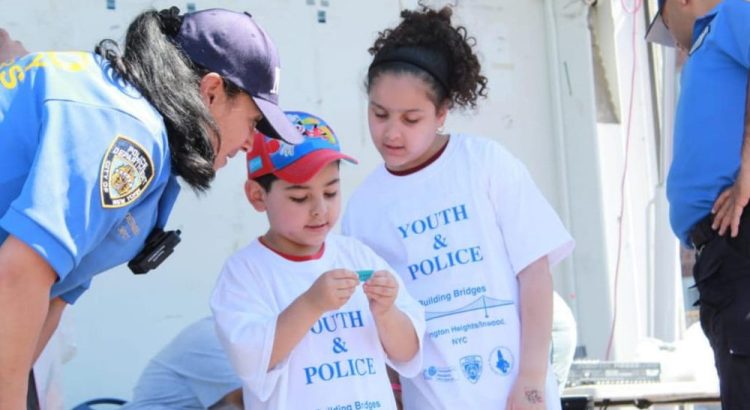With over 36,000 officers and 19,000 civilian employees, the NYPD is recognized as one of the largest law enforcement agencies globally.
The relationship between law enforcement and young people has always been challenging. In New York City, the NYPD is working to build bridges between these two groups through various community engagement programs and initiatives. One of the key strategies used by the NYPD to achieve this is through youth education programs.
Educating young people about law enforcement can help to reduce negative perceptions and build trust between them and the police. The NYPD youth education New York City NY aims to do just that by providing opportunities for young people to engage with law enforcement positively and informally.
To learn more about it, read the section below.
The Importance of Youth Education
Youth education is essential to building positive relationships between law enforcement and young people. By educating young people about the role of law enforcement and the laws they enforce, young people can better understand the importance of police in their community. It can also help them to see the police as allies rather than adversaries.
Several youth education programs are designed to provide young people with hands-on experience in law enforcement. This program allows young people to interact with law enforcement officers, learn about the various roles and responsibilities of police officers, and gain a deeper understanding of the law.
Community Involvement in NYPD Youth Education Programs
Community involvement is another critical component of NYPD youth education New York City NY. By engaging with community members, the NYPD can better understand the needs and concerns of young people in the community. This can help the NYPD tailor its youth education programs to meet the community’s specific needs.
Evaluating the Effectiveness of NYPD Youth Education Programs
One of the most critical aspects of ensuring the effectiveness of NYPD youth education programs is evaluating their impact. There are several ways in which this can be done:
Analyzing Attendance and Participation Rates
The program is engaging and appealing to young people if attendance and participation rates are high. On the other hand, if attendance and participation rates are low, it may indicate that the program needs to be modified or better promoted.
Conducting Surveys
Surveys can provide valuable insights into what young people liked and didn’t like about the program, what they learned, and what changes they would suggest.
This feedback can be used to make improvements to the program and ensure that it meets young people’s needs. Additionally, by giving young people a voice and involving them in the evaluation process, they are more likely to feel invested in the program and its goals.
Tracking Outcomes
Outcomes can be quantitative and qualitative and include factors such as improved relationships between young people and law enforcement, decreased delinquent behavior, and increased knowledge and awareness of the law and law enforcement.
By tracking outcomes, the NYPD can demonstrate the impact of its youth education programs and identify areas for improvement. Additionally, by sharing positive outcomes with the community and stakeholders, the NYPD can build support for the program and encourage continued investment in youth education initiatives.
Wrapping up
Building bridges between law enforcement and young people in New York City is essential to creating a safer and more inclusive community. By continuing to invest in youth education programs, the NYPD is helping to create a future where young people can feel safe and supported in their communities.





